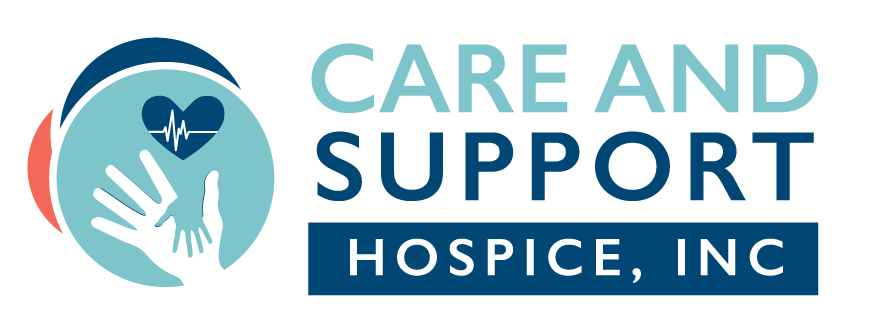
...
Paying
For Hospice
We encourage you to avoid deferring hospice care due to financial concerns. If you are not eligible for Medicare or Medicaid, payment for hospice can be obtained by private insurance or an HMO, as most include a hospice benefit.

MAKING PAYMENTS
Medicare Hospice Benefits
Hospice care should not be deferred due to financial concerns. If you do not qualify for Medicare or Medicaid, payment for hospice can be obtained through private insurance or an HMO. Please feel free to contact us at (909) 741-5287 for more information in regards to making payments.
Medicare
Medicare-certified hospice care is usually provided in your home or another facility where you live, like a nursing home..
To qualify for hospice care, a hospice doctor and your doctor must certify that you’re terminally ill, meaning you have a life expectancy of 6 months or less. Medicare will cover the following:
• All items and services needed for pain relief and symptom management.
• Medical, nursing, and social services.
• Drugs for pain management.
• Durable medical equipment for pain relief and symptom management.
• Aide and homemaker services.
• Other covered services you need to manage your pain and other symptoms, as well as spiritual and grief counseling for you and your family.
Medicaid
The Hospice benefit is an optional state plan service that includes an array of services furnished to terminally ill individuals. These services include: nursing, medical social services, physician services, counseling services to the terminally ill individual and the family members or others caring for the individual at home, short-term inpatient care, medical appliances and supplies, home health aide and homemaker services, physical therapy, occupational therapy, and speech-language pathology services.
Individuals must elect the hospice benefit by filing an election statement with a particular hospice.
With the exception of payment for physician services under hospice, the following are the categories or levels of care into which Medicaid hospice are classified:
• Routine Home Care (Provider paid at one of two levels: days 1-60 and days 60+)
• Continuous Home Care
• Inpatient Respite Care
• General Inpatient Care
• Service Intensity Add-On (SIA)
Private Insurance or HMO
Most private insurance plans model their hospice insurance coverage on the federal Medicare hospice benefit program and cover 100% of hospice costs. It is important to contact your insurance provider for specific details on what your plan will cover.
Here is a list of things most often covered by your private insurance:
• Physicians, nurses, hospice aides, social workers, chaplains, bereavement coordinators and volunteers.
• Medical equipment such as wheelchairs, hospital beds, and walkers, if they are related to the patient’s terminal diagnosis.
• Medical supplies such as bandages, wound care supplies, incontinence supplies, and catheters.
• Pain management and control symptoms related to the terminal diagnosis.
• Short-term in-patient care related to the patient’s terminal diagnosis.
• Short-term respite care for a set number of days at an inpatient care facility.
AREAS OF SERVICE
Southern California
Los Angeles County
Orange County
Riverside County
San Diego County
OFFICES
Temecula, CA
Montclair, CA
CONTACT
Phone: (909) 741-5287
Fax: 888-639-0532
CALL US 24/7
